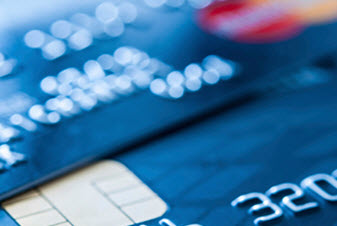by Matt Sullivan

On October 1 regulations took effect in the United States shifting accountability for credit card fraud to the party using the least secure technology. And with EMV-enabled cards—also known as chip or smart cards – becoming the standard for many banks and card issuers, it’s important that merchants are EMV-ready to avoid potential losses.Here’s what you need to know:
EMV Basics and Background.
EMV—which stands for Europay, MasterCard and Visa—is a global payment standard that provides a consistent cardholder experience worldwide. The majority of developed countries in the world have employed EMV for many years, with the U.S. being the last to make the transition.
How does it work?
EMV-enabled cards contain a computer chip that is activated and read when inserted in the card reader or tapped for contactless acceptance. The chip generates a unique security code for each transaction, making it more difficult— and more expensive—for cybercriminals to duplicate cards.
How is it more secure?
The chip and terminal create dynamic information that is sent to the card issuer. This information allows the issuer to validate that the card is genuine, decreasing counterfeit fraud.
What does this mean for my practice?
The best way to make sure your business is not targeted by fraudulent activity is by first assessing your current terminal and determining if it is compatible with EMV technology or if an upgrade is necessary.
Is EMV acceptance a law that I have to comply with by October 1?
While EMV is not a law or mandated by the card brands, it is a good idea to consider avoiding costly counterfeit, lost and stolen card chargebacks and potential loss of business due to consumer payment preferences.
Should I spend the money on upgrading if it’s not mandatory?
With a liability shift approaching, responsibility for those potential fraudulent charges falls to the party using the least secure card acceptance technology. If an EMV-ready terminal is not installed, this means that the liability could shift to you and your business. By swiping a card through a non-EMV-compatible terminal, you could be facing losses due to chargebacks associated with the fraudulent charge.
Matt Sullivan is a relationship manager with Heartland Payment Systems. For more information, visit heartlandpaymentsystems.com.














